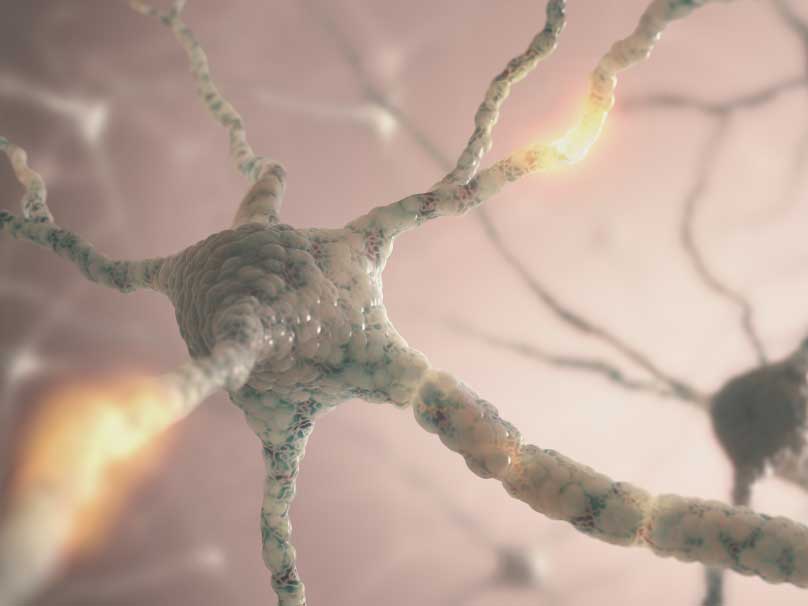In the news these days you might hear the term “Type 3 Diabetes.” You probably know that Type 1 Diabetes, abbreviated t1d, is a congenital condition whereby the body can’t produce enough insulin. Type 2 Diabetes (t2d) occurs when the body loses its ability, over time, to produce enough insulin. Both require lifestyle adjustments and shorten life expectancy, if not well managed.
So what is this third type? Don’t worry, a new, more virulent form of diabetes hasn’t emerged. The term represents a new understanding of Alzheimer’s disease (AD).
What Insulin Resistance Has to do with Alzheimer’s Disease
It seems that, just as the lack of ability to process glucose in the bloodstream damages various body tissues in diabetes, it damages brain tissue specifically in “Type 3 Diabetes.”
Back in 2008, research published in the Journal of Diabetes Research and Technology said, “Currently, there is a rapid growth in the literature pointing toward insulin deficiency and insulin resistance as mediators of AD-type neurodegeneration…” AD is a complex condition, however. The researchers went on to write, “…but this surge of new information is riddled with conflicting and unresolved concepts…”
Since then, more and more studies link the two diseases. People with t2d, in particular, face an increased risk of getting AD. Researchers also noticed that people who died from AD, who did not suffer from diabetes at all, showed similar brain abnormalities as someone with diabetes. An article in Very Well Health states, “a common finding in Alzheimer’s disease was the deterioration of the brain’s ability to use and metabolize glucose.”
Recently, the concept has gained media attention as an aging population seeks to ward off this frightening form of dementia.
What This Means for AD Treatment
Research continues to emerge on the link between insulin depletion and the brain. Some believe that diabetes medications might actually work on AD, too. It’s thought that medications such as pioglitazone could protect the brain of AD patients against the typical structural abnormalities.
A 2015 study published in Annals of Neurology collected six years of observational data from patients taking piogliazone and the results looked promising. Clinical trials are underway to test it.
Eating to Prevent Type 3 Diabetes
I have written before about how a healthy diet helps prevent AD. The MIND (Mediterranean-DASH Intervention for Neurodegenerative Delay), has been shown to reduce the incidence of Alzheimer’s disease by as much as 53%, according to Alzheimer’s & Dementia, the Journal of the American Alzheimer’s Association.
The Washington Post predicted, in late 2017, increased focus on eating to prevent AD. They note that a study currently underway is further exploring the MIND diet link.
So why not embrace the trend? Opt for the MIND diet’s recommended foods: Vegetables, including green leafy ones, nuts, berries, beans, whole grains, fish, poultry and olive oil. Meanwhile, avoid red meats, margarine, cheese, sweets, and fried or fast food. Eating this way confers a host of other benefits, including decreased risk of heart disease, obesity, and certain cancers.
Like diabetes, AD emerges from a range of risk factors and variables. So address not only your diet, but your exercise and lifestyle factors, too. Consider our natural neuro-supplement, Diamond Nutritionals’ Memory Support Formula. I have used this product in my practice for nearly 10 years, both as memory loss prevention and memory loss formula with exceptional results.
As we learn to understand diseases better, we can more effectively prevent and treat them. The use of the term Type 3 Diabetes reflects that ongoing increase in scientific knowledge.
—
Photo credit: Envato Elements

